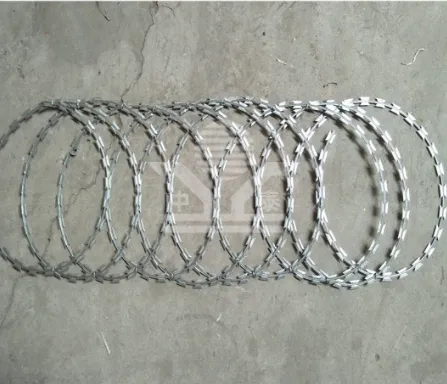Temporary Site Hoarding Importance, Benefits, and Best Practices
In construction and development projects, safety, aesthetics, and regulatory compliance are paramount. This is where temporary site hoarding comes into play. Hoarding refers to the barriers or walls that are temporarily erected around a construction site. It serves multiple purposes securing the site, protecting the public, and enhancing the overall appearance of the project while it's underway. This article explores the significance of temporary site hoarding, its benefits, and best practices for implementation.
The Importance of Temporary Site Hoarding
1. Safety and Security One of the primary functions of site hoarding is to ensure safety. Construction sites can pose various hazards, including heavy machinery, falling objects, and hazardous materials. By creating a physical barrier, hoarding protects pedestrians and nearby properties from accidents. Additionally, hoarding deters unauthorized access, reducing the risk of theft and vandalism of construction materials and equipment.
2. Aesthetic Considerations Temporary hoarding helps to maintain the aesthetic appeal of a neighborhood during construction. It can be designed in a manner that minimizes disruption and maintains the community's visual landscape. Well-designed hoarding can even feature artwork, advertisements, or informative displays about the future development, transforming an eyesore into an engaging focal point.
3. Noise and Dust Control Construction activities often generate noise and dust that can disturb nearby residents and businesses. Quality hoarding can help mitigate noise pollution and contain dust, contributing to a safer and more pleasant environment for the community. This is particularly crucial in urban areas where construction is in close proximity to homes and workplaces.
4. Regulatory Compliance Many local governments have specific regulations regarding construction site safety and visibility. Erecting site hoarding is often a compliance requirement to safeguard the community, ensure proper signage, and communicate project timelines and updates effectively. Adhering to regulations helps avoid potential fines and promotes goodwill with the local community.
Benefits of Temporary Site Hoarding
1. Enhanced Brand Visibility For developers and construction companies, temporary site hoarding can serve as a valuable marketing tool. Through creative graphics and information, it offers a chance to promote the upcoming project, enhancing brand visibility and community engagement. This is particularly important in generating interest and excitement in the development before it is completed.
temporary site hoarding

2. Project Information Display Hoarding provides an ideal platform to inform the public about the project. This can include details such as project timelines, expected completion dates, and contact information for project managers. Keeping the community informed helps build trust and reduces uncertainty about construction activities taking place nearby.
3. Cost-Effective Solution Compared to more permanent structures, temporary hoarding is a relatively low-cost solution that can be quickly erected and dismantled. Utilizing versatile materials such as plywood or metal panels ensures that companies can adapt their hoarding based on project needs and timelines.
Best Practices for Implementing Temporary Site Hoarding
1. Design for Impact The design of hoarding should not only serve functional purposes but also be visually appealing. Incorporate branding elements and colorful graphics to make the hoarding stand out. Using durable materials and finishes will ensure it withstands the elements while maintaining its appearance.
2. Maintain Communication Regular updates on the project's progress through the hoarding can foster transparency and community support. This can be achieved by featuring timelines, milestones, and future plans in a clear and accessible way.
3. Ensure Compliance Understand and adhere to local laws and regulations regarding temporary site hoarding. This ensures that the hoarding meets all safety standards while also fulfilling any necessary permits or approvals.
4. Regular Maintenance Keep the hoarding clean and in good condition throughout the project duration. Regular inspections will help identify any issues, such as graffiti or wear and tear, which can be promptly addressed to maintain the site’s professionalism.
In conclusion, temporary site hoarding plays a vital role in construction projects, serving as a safeguard for the public and site workers while enhancing the aesthetic appeal of the environment. By recognizing its importance, embracing its benefits, and adhering to best practices, construction teams can ensure a successful project that aligns with community standards and expectations.
-
Versatility of Expanded Aluminum Metal for Various Applications
NewsMay.19,2025
-
The Geometry of Steel Gratings: Why It Matters
NewsMay.19,2025
-
Reinforcement Applications of Perforated Mesh in Masonry
NewsMay.19,2025
-
Essential Tools for Installing a Deck Mesh Railing
NewsMay.19,2025
-
Anti-Slip Flooring Made with Stainless Expanded Mesh
NewsMay.19,2025
-
Adjustable Steel Grating for Uneven Terrain
NewsMay.19,2025
Subscribe now!
Stay up to date with the latest on Fry Steeland industry news.

